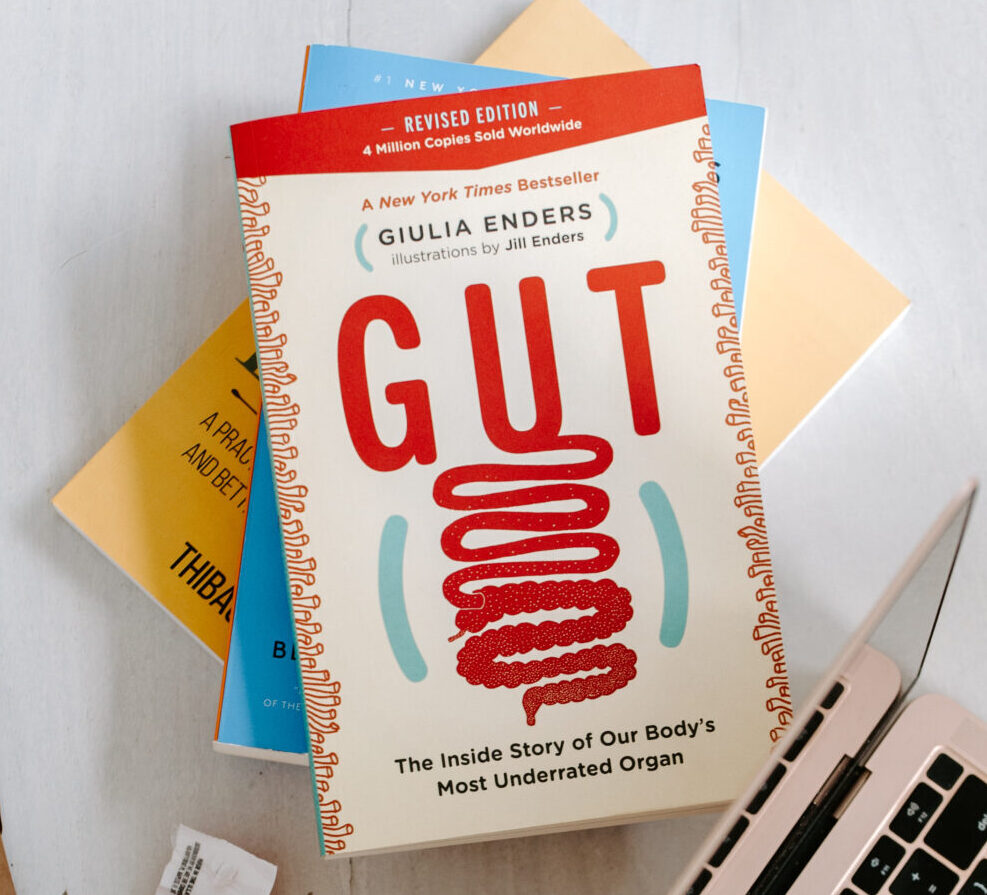Do you feel sensitive to just about everything?
And despite the food journaling and a nightly recap of what you ate that day – you can’t figure out WHAT one food or food(s) are triggering your symptoms?
You’re not alone.
For over 2 years, I drank a protein shake for breakfast and lunch to avoid the daily symptom battle of unknown stomach aches and unknown food triggers while in school studying to be a dietitian. My history with food sensitivities is the very reason why I became a dietitian – so not only do I work with clients who feel overly sensitive like you do, but I understand what you are going through.
Being a ‘sensitive sally’ feels like you are tip-toeing around food while playing symptom whack and mole at the same time…
& for once, you want to be confident that you can eat a meal and move on with your day, symptom-free.
So let’s break down my approach to food sensitivities.
First off, when it comes to food reactions, the problem can be an immune issue (a true food sensitivity) or it can be a reaction from poor digestion, gut inflammation, and not breaking down food properly (malabsorption issue).
Identifying the right type of reaction will be crucial if you want that comfy, cozy confidence with food again.
Starting with ruling out poor digestion and not breaking down food properly – because this food reaction, over time, is what causes quite a degree of gut inflammation and therefore, food sensitivities.
The root cause approach to food reactions goes like this:
- Support digestion and the breakdown of food (so hunks of food are not going undigested)
- Tackle gut inflammation by knocking down the ‘bad’ and building up the ‘good’ (simmering the immune response in the gut)
- After properly addressing the above, this is when you want to consider food sensitivities like egg, gluten, soy, or dairy (those tend to be the biggies)
Now, what about food sensitivity testing?
In my professional opinion, due to the degree of false positives, food sensitivity isn’t worth the investment. Despite feeling like the obvious answer, many flaws come with testing for IgG food reactions. One is the fact that the test is only testing one form of immune response (limited data) and the second is that an IgG immune response to some degree is a normal response to food – so the test is known to flag your most recent eaten foods rather than true food sensitivities (false positives).
There are flaws with testing in both the food sensitivity and food allergy world the more we learn about antibodies to food and how the immune system reacts to food – in fact, an ‘oral food challenge’ is the gold standard form of testing for both.
So, back to my strategy. There is a time and a place to consider food eliminations, by experimenting with oral tolerance, but not until other root causes are ruled out. This making your experience not only less stressful, but it really encourages a fun and positive relationship with not only food, but with your body.
Where does a histamine intolerance come into play?
Reactions to high histamine foods can resemble what feels like a food sensitivity – but this reaction comes from a build-up of too much histamine in the body and not being able to break it down. High histamine comes from poor digestion, poor breakdown of food, and gut inflammation.
See the pattern?
Order of operations is oh so important in the food ‘reaction’ world – allowing you to not only begin seeing big symptom wins (without following an elimination diet) – but also allowing you to build a positive and comfy cozy relationship with food while doing it.









Comments +